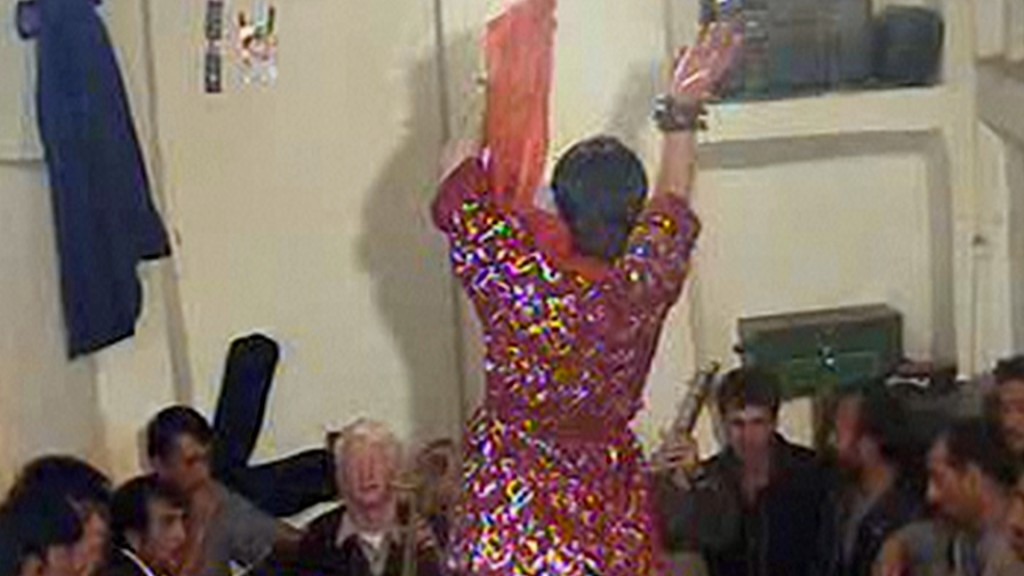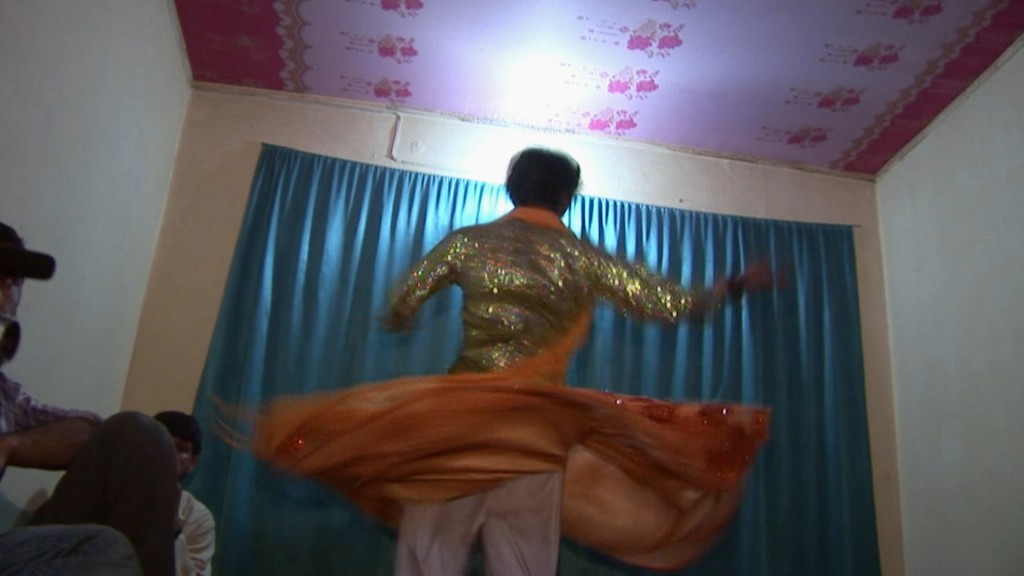Introduction

April 20, 2010
Share
As the United States deepens its commitment to Afghanistan, FRONTLINE takes viewers inside the war-torn nation to reveal a disturbing practice that is once again flourishing in the country: the organized sexual abuse of adolescent boys.
In The Dancing Boys of Afghanistan, Afghan journalist Najibullah Quraishi (Behind Taliban Lines) returns to his native land to expose an ancient practice that has been brought back by powerful warlords, former military commanders and wealthy businessmen. Known as “bacha bazi” (literal translation: “boy play”), this illegal practice exploits street orphans and poor boys, some as young as 11, whose parents are paid to give over their sons to their new “masters.” The men dress the boys in women’s clothes and train them to sing and dance for the entertainment of themselves and their friends. According to experts, the dancing boys are used sexually by these powerful men.
In detailed conversations with several bacha bazi masters in northern Afghanistan and with the dancing boys they own, reporter Quraishi reveals a culture where wealthy Afghan men openly exploit some of the poorest, most vulnerable members of their society.
“What was so unnerving about the men I had met was not just their lack of concern for the damage their abuse was doing to the boys,” Quraishi says. “It was also their casualness with which they operated and the pride with which they showed me their boys, their friends, their world. They clearly believed that nothing they were doing was wrong.”
Under the guise of doing a documentary on similar practices in Europe, Quraishi gained the confidence of Dastager, a former mujahideen commander and wealthy businessman whose business interests include importing autos from the Far East. With Dastager as his guide, Quraishi takes viewers inside the world of bacha bazi, where prominent men compete to own and use the boys.
“I had a boy because every commander had a partner,” says Mestary, a former senior commander who is well connected with major Afghan warlords. “Among the commanders there is competition, and if I didn’t have one, then I could not compete with them.”
“I go to every province to have happiness and pleasure with boys,” says an Afghan man known as “The German,” who acts as a bacha bazi pimp, supplying boys to the men. “Some boys are not good for dancing, and they will be used for other purposes. … I mean for sodomy and other sexual activities.”
“It’s a disgusting practice. … It’s a form of slavery, taking a child, keeping him. It’s a form of sexual slavery,” says Radhika Coomaraswamy, U.N. special representative for Children and Armed Conflict. “The only way to stop bacha bazi is if you prosecute the people who commit the crime, and that’s what we need, because the laws are there in the books against this practice.”
In the documentary, Quraishi interviews local police officials who insist that men who participate in bacha bazi will be arrested and punished regardless of their wealth or powerful connections. Later that day, however, Quraishi’s cameras catch two officers from the same police department attending an illegal bacha bazi party.
“Many of the people who do this work for the government,” says Nazer Alimi, who compiled a report on bacha bazi for UNICEF. “They speak out against it but are abusers themselves. … I personally cannot mention any names because I am scared.”
Quraishi speaks with some dancing boys who fear they will be beaten or killed. “If they stray, they get killed,” says a 13-year-old dancing boy. “Sometimes fighting happens among the men who own the boys. If you don’t please them, they beat you, and people get killed.”
Quraishi also talks with the family of 15-year-old Hafiz, who reportedly was murdered after trying to escape from his master, a well-known drug baron and warlord. In Hafiz’s case, a suspect — the policeman who supplied the gun that killed Hafiz — was arrested and convicted. Sentenced to 16 years in prison, the officer was released after serving only a few months. Hafiz’s family says they suspect the boy’s former owner bribed local officials to win his release.
“If only these people were punished, this kind of thing wouldn’t happen,” Hafiz’s mother says. “Whoever commits these crimes doesn’t get punished. Power is power.”
The program will conclude with a detailed update of attempts to arrange the rescue of one of the dancing boys profiled in the film, an 11-year-old boy bought by Dastager from an impoverished rural family. It is a dramatic final chapter, full of new shocks and surprises, and, in the end, provides a measure of justice for the boy and his master.
Originally published April 20, 2010
Related Documentaries
Latest Documentaries
Related Stories
Related Stories
Policies
Teacher Center
Funding for FRONTLINE is provided through the support of PBS viewers and by the Corporation for Public Broadcasting. Additional funding is provided by the Abrams Foundation; Park Foundation; the John D. and Catherine T. MacArthur Foundation; and the FRONTLINE Journalism Fund with major support from Jon and Jo Ann Hagler on behalf of the Jon L. Hagler Foundation, and additional support from Koo and Patricia Yuen. FRONTLINE is a registered trademark of WGBH Educational Foundation. Web Site Copyright ©1995-2025 WGBH Educational Foundation. PBS is a 501(c)(3) not-for-profit organization.



















